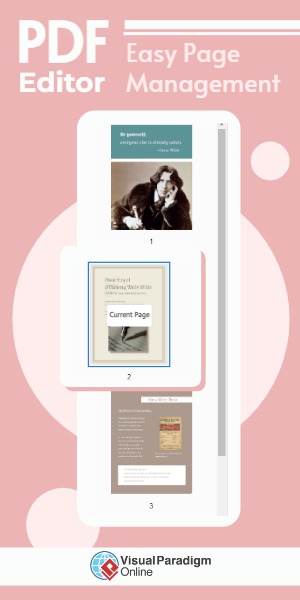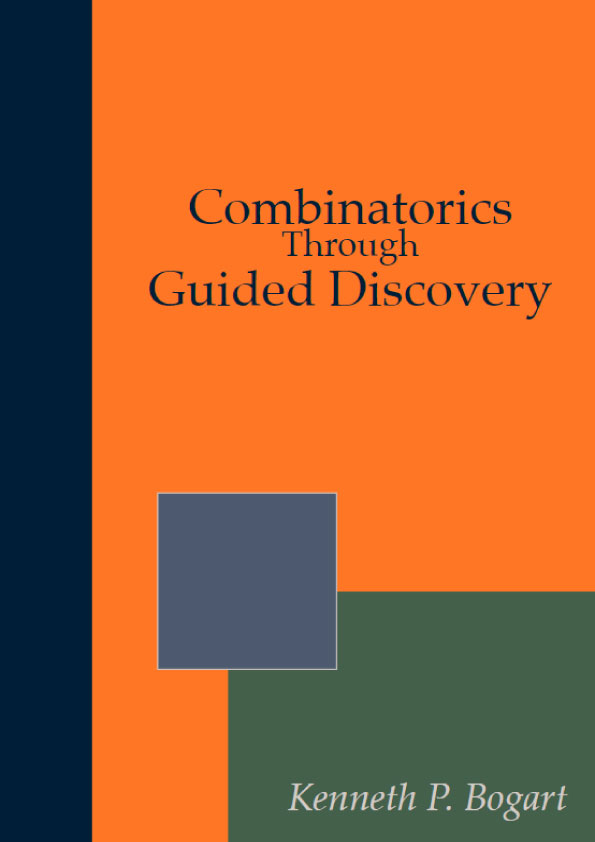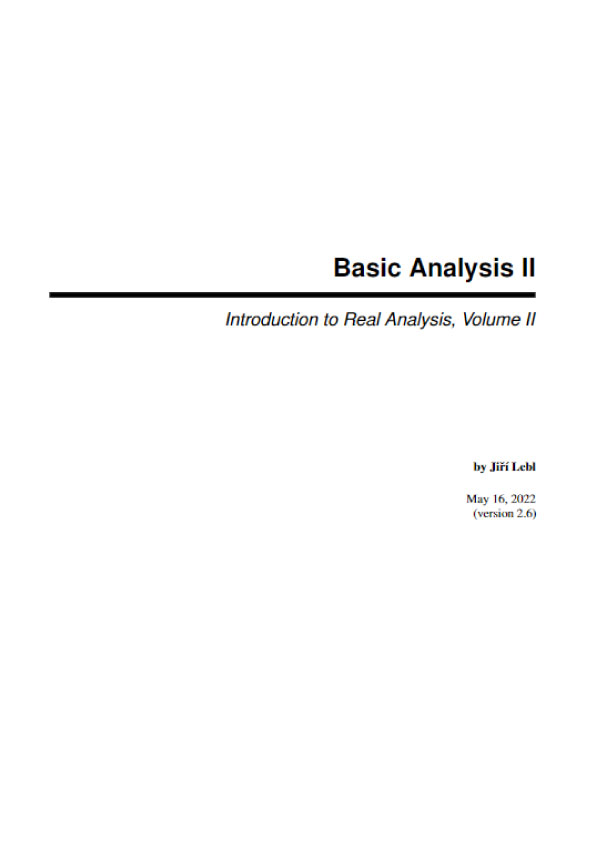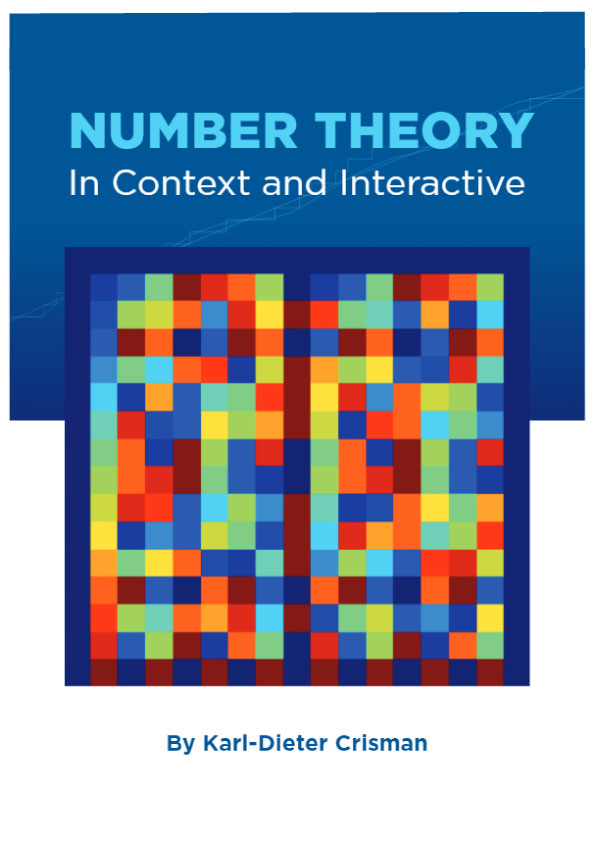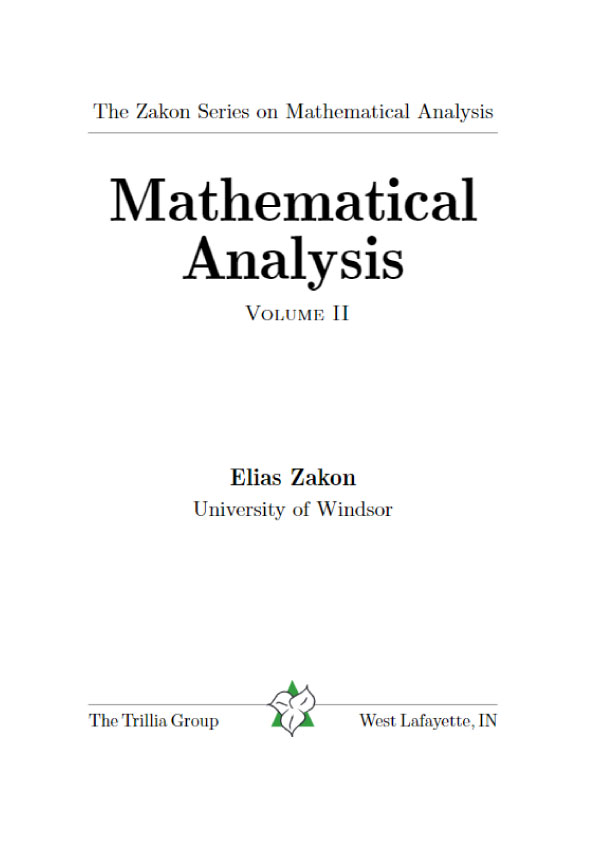1.1 Definitions of Statistical Terminology
Learning Objectives
- Distinguish between quantitative and categorical variables.
- Understand the concept of a population and the reason for using a sample.
- Distinguish between a statistic and a parameter.
Introduction
In this lesson, you will be introduced to some basic vocabulary of statistics and learn how to distinguish between different types of variables. We will use the real-world example of information about the Giant Galapagos Tortoise.
The Galapagos Tortoises
The Galapagos Islands, off the coast of Ecuador in South America, are famous for the amazing diversity and uniqueness of life they possess. One of the most famous Galapagos residents is the Galapagos Giant Tortoise, which is found nowhere else on earth. Charles Darwin’s visit to the islands in the 19th Century and his observations of the tortoises were extremely important in the development of his theory of evolution.
The tortoises lived on nine of the Galapagos Islands, and each island developed its own unique species of tortoise. In fact, on the largest island, there are four volcanoes, and each volcano has its own species. When first discovered, it was estimated that the tortoise population of the islands was around 250,000. Unfortunately, once European ships and settlers started arriving, those numbers began to plummet. Because the tortoises could survive for long periods of time without food or water, expeditions would stop at the islands and take the tortoises to sustain their crews with fresh meat and other supplies for the long voyages. Also, settlers brought in domesticated animals like goats and pigs that destroyed the tortoises’ habitat. Today, two of the islands have lost their species, a third island has no remaining tortoises in the wild, and the total tortoise population is estimated to be around 15,000. The good news is there have been massive efforts to protect the tortoises. Extensive programs to eliminate the threats to their habitat, as well as breed and reintroduce populations into the wild, have shown some promise.
Approximate distribution of Giant Galapagos Tortoises in 2004, Estado Actual De Las Poblaciones de Tortugas Terrestres Gigantes en las Islas Galápagos, Marquez, Wiedenfeld, Snell, Fritts, MacFarland, Tapia, y Nanjoa, Scologia Aplicada, Vol. 3, Num. 1,2, pp. 98 11.
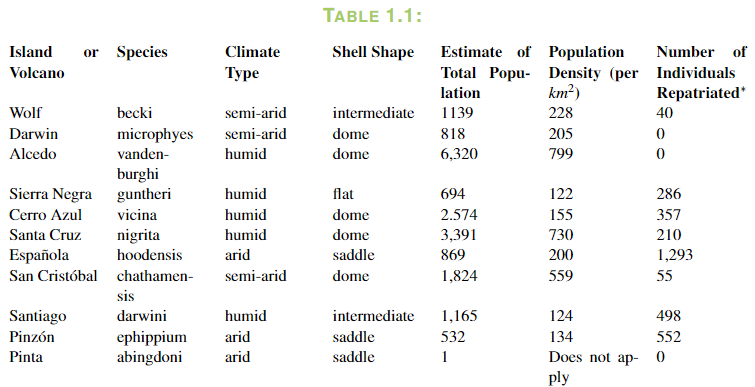
Classifying Variables
Statisticians refer to an entire group that is being studied as a population. Each member of the population is called a unit. In this example, the population is all Galapagos Tortoises, and the units are the individual tortoises. It is not necessary for a population or the units to be living things, like tortoises or people. For example, an airline employee could be studying the population of jet planes in her company by studying individual planes.
A researcher studying Galapagos Tortoises would be interested in collecting information about different characteristics of the tortoises. Those characteristics are called variables. Each column of the previous figure contains a variable. In the first column, the tortoises are labeled according to the island (or volcano) where they live, and in the second column, by the scientific name for their species. When a characteristic can be neatly placed into well-defined groups, or categories, that do not depend on order, it is called a categorical variable, or qualitative variable.
The last three columns of the previous figure provide information in which the count, or quantity, of the characteristic is most important. For example, we are interested in the total number of each species of tortoise, or how many individuals there are per square kilometer. This type of variable is called a numerical variable, or quantitative variable. The figure below explains the remaining variables in the previous figure and labels them as categorical or numerical.



